Do you have a question about the Panasonic Viera TC-50A400U and is the answer not in the manual?
Explains importance of keeping ventilation openings clear for reliable operation and preventing overheating.
Lists crucial safety guidelines for operating the TV set, covering general handling and electrical safety.
Covers warnings about fire, medical devices, pacemakers, electrical shock, and battery replacement.
Details precautions related to power cords, plugs, outlets, and preventing electric shock from the TV.
Information regarding compliance with FCC and IC regulations for digital devices and potential interference.
Advises on safe placement and handling of TVs to prevent injuries, especially to children.
Provides recommendations for safely installing the TV, including wall mounting and cable management.
Offers advice on safely moving and placing older CRT televisions to prevent tip-overs and injuries.
Step-by-step guide on how to insert batteries into the TV remote control correctly.
Instructions and warnings for securely attaching the TV stand (pedestal) to the unit.
Provides guidance on optional wall mounting, including professional installation and bracket selection.
Details the procedure for safely removing the TV pedestal, especially when wall mounting.
Identifies and describes the various input and output terminals on the rear of the TV.
Explains how to connect the TV to an antenna or cable service and the power cord.
Illustrates how to connect devices like camcorders or DVD recorders using composite AV connections.
Details how to connect devices via HDMI, including ARC functionality and DVI conversion.
Explains how to connect devices using component video cables for high-quality analog signals.
Guides the user through the initial setup process, including language, viewing mode, and signal connection.
Explains the function of the TV's power LED, remote control signal receiver, and basic buttons.
Details the functionality of each button on the TV's remote control for various operations.
Explains how to add, watch, and delete channels from the favorite list for quick access.
Guides users on connecting external devices and selecting the correct input source on the TV.
Details inserting and removing USB flash memory and starting the media player application.
Explains the different modes available in the media player, such as Photos and Music, and how to navigate them.
Configures slideshow options like transition effects, display intervals, photo size, and background music.
Covers playing music files, including folder playback and music playback mode settings.
Details various picture settings such as mode, back light, color, brightness, and advanced picture adjustments.
Covers aspect ratio adjustments, MPEG noise reduction, and detailed sound settings like mode, equalizer, and digital output.
Explains how to set up parental controls, lock channels, programs, and inputs using passwords and ratings.
Covers selecting antenna/cable input, auto/manual program tuning, MTS, and preferred audio language.
Configures language, sleep timer, auto power-off, and closed caption display for analog and digital broadcasts.
Manages HDMI device control, power linking, and displays system version and software licenses.
Guides through the process of automatically scanning for and tuning available TV channels.
Explains how to manually add or remove specific channels from the TV's channel list.
Allows users to label input terminals for easier identification and selection of connected devices.
Details U.S. TV rating categories (NR, Y, Y7, G, PG) and their content descriptions for parental control.
Explains U.S. movie ratings (NR, G, PG, PG-13, R, NC-17, X) and Canadian ratings (English/French).
Explains how to adjust aspect ratios (FULL, 4:3, JUST, ZOOM, H-FILL) and H size for optimal picture display.
Lists the signal names and their compatibility with component and HDMI inputs for optimal viewing.
Lists compatible file formats (JPEG, MP3) and image resolutions for the Media Player.
Details HDMI technology, applicable features like ARC, and DVI connection methods with adapter cables.
Explains how closed captioning works, its requirements, and potential display issues.
Provides guidelines for cleaning the TV's power cord plug, display panel, cabinet, and pedestal.
Offers solutions for common picture problems like no image, blue screen, black screen, or snowy display.
Addresses common picture and sound issues, including HD quality, aspect ratio, snowy picture, and audio problems.
Covers problems related to closed caption display, overheating, remote control functionality, and power indicator blinking.
Lists details about the display panel, screen size, pixel count, speaker output, and channel capabilities.
Provides physical dimensions, weight, operating conditions, and connection terminal types for the TV.
Outlines the warranty period for parts and labor, service options (carry-in, on-site), and eligibility requirements.
Details what is not covered by the warranty, including damage from misuse, accidents, and cosmetic issues.
Provides contact information and website links for product support, operating assistance, and literature requests.
Offers details on how to purchase parts, accessories, and manuals online or via mail.
| Screen Size | 50 inches |
|---|---|
| Display Type | LCD |
| Resolution | 1920 x 1080 |
| Backlight Type | LED |
| Refresh Rate | 60 Hz |
| HDMI Ports | 3 |
| USB Ports | 1 |
| Smart TV | No |
| Built-in Wi-Fi | No |
| Weight | 41.5 lbs |

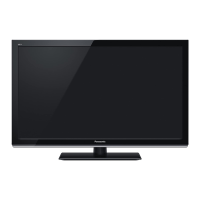

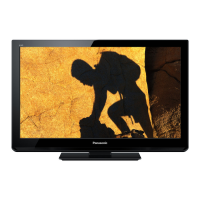

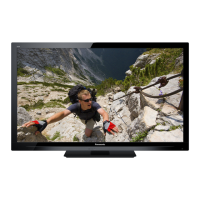

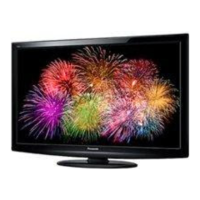
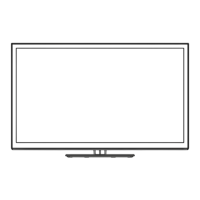
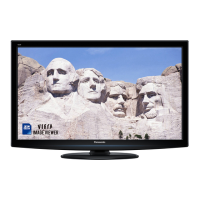
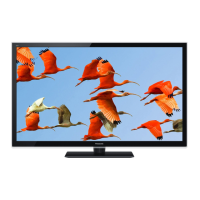
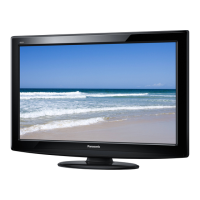
